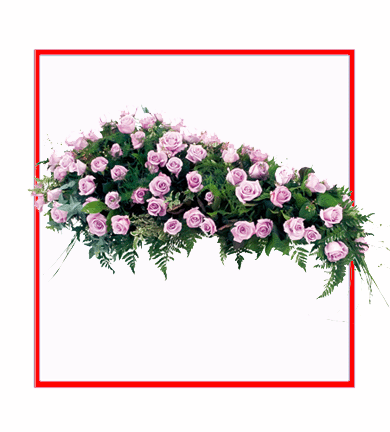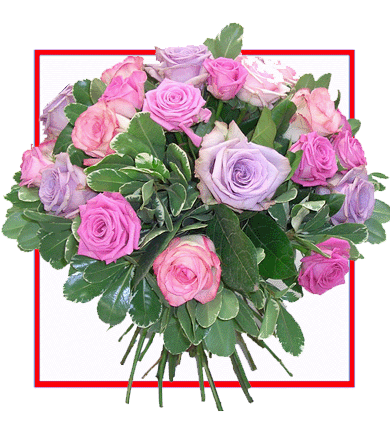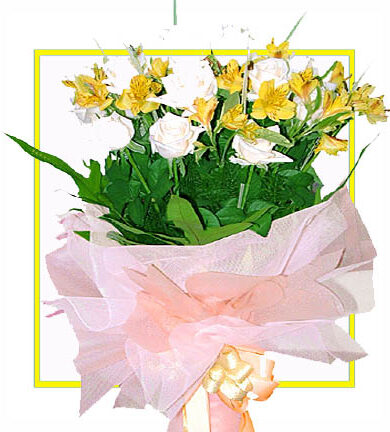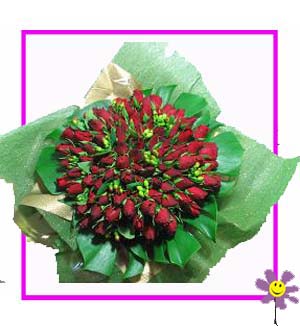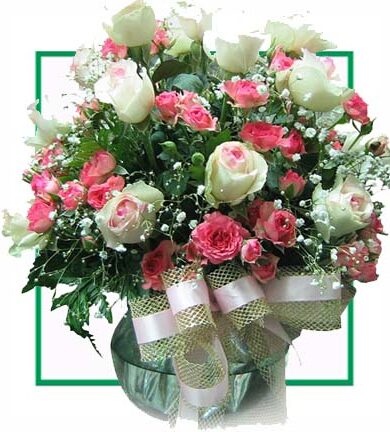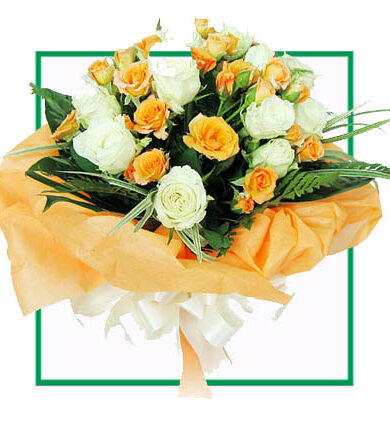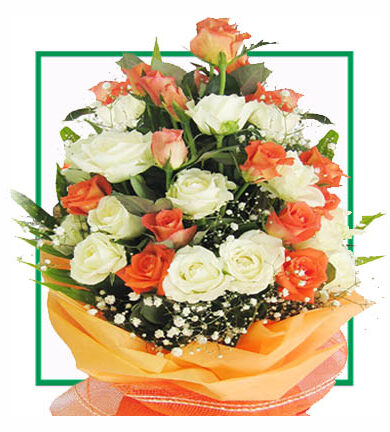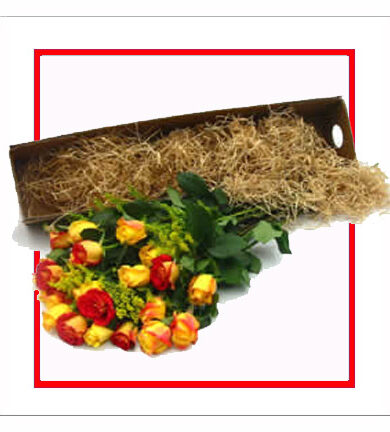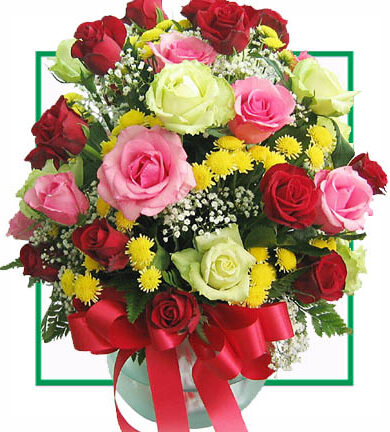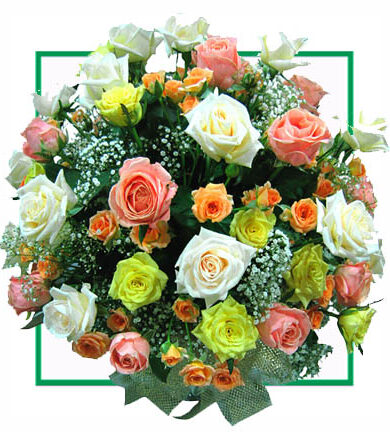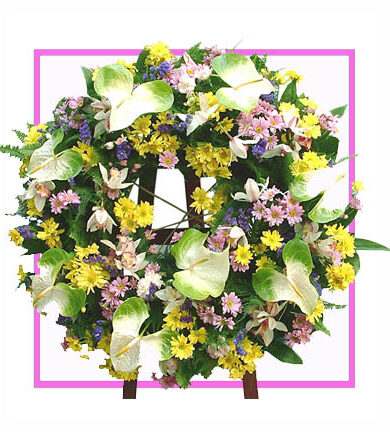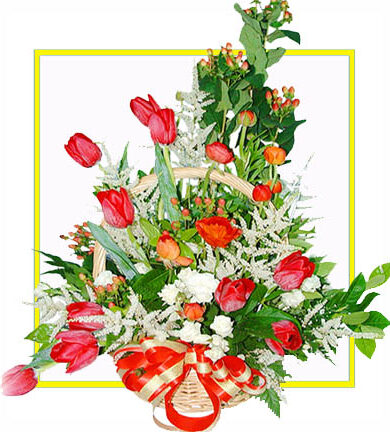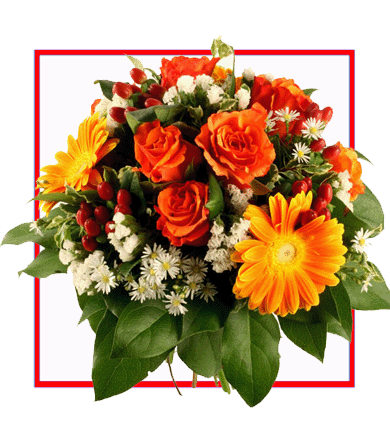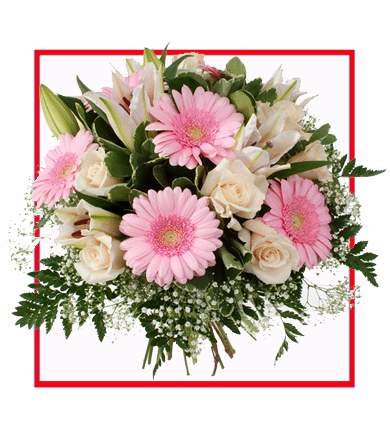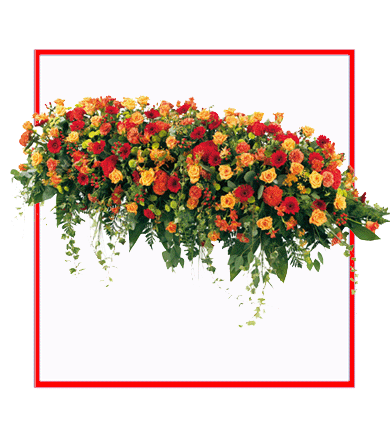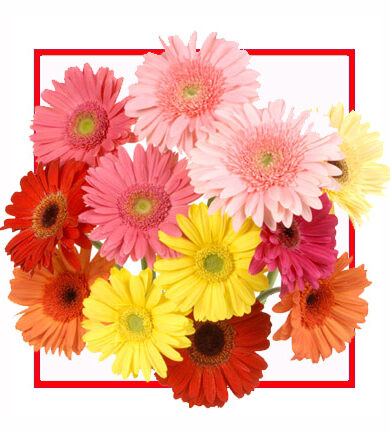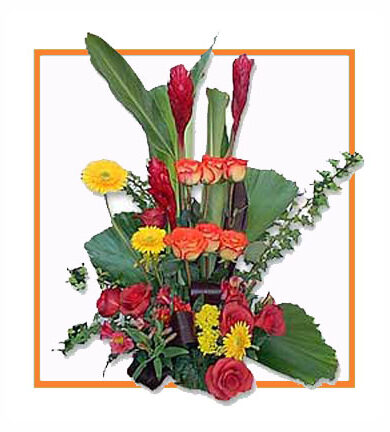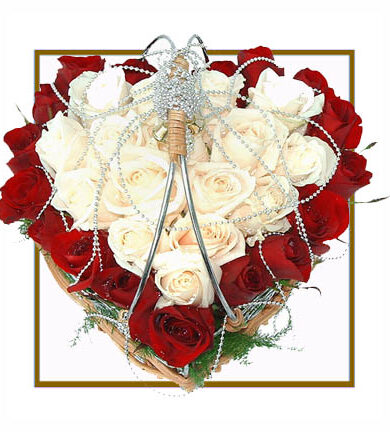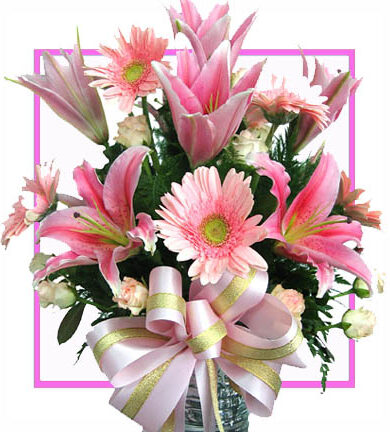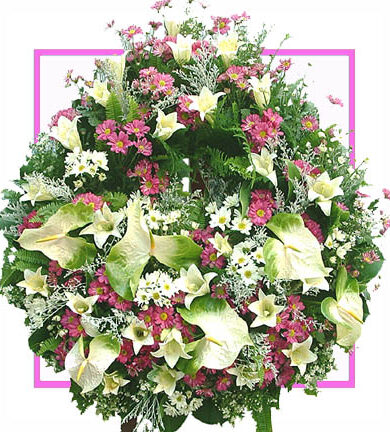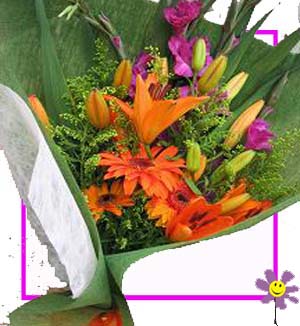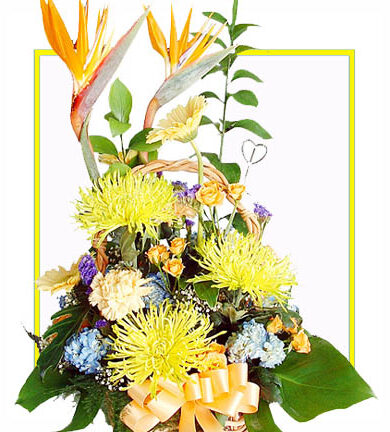Cricket is the most popular sport in the city. Cricket is played in various modified versions (generally referred to as gully cricket) are played everywhere. Junagadh is affiliated to Saurashtra Cricket Association. The all time great batsman of Pakistan, Hanif Mohammad is from Junagadh. Junagadh had a first-class level cricket stadium until 1973/74, called Jaffar Maidan, where Ranji Trophy matches were played. But with time the ground became a grassland. Since then the city hasn’t got a cricket ground. After nearly four decades, now a domestic-level cricket ground is being developed at Vivekanand School Ground. |
Located in the historic city of Junagadh in Gujarat, the Durbar Hall Museum is one of the most famous tourist attractions of Gujarat. The Durbar Hall was used as durbar (court) of the erstwhile Nawabs of Junagadh. The Durbar Hall has sections like Picture Gallery, Palanquin, Textile and Arms Gallery. The Durbar Hall Museum displays collections of weapons and armor, belonging to the period of the Junagadh Nawabs along with other curios and artifacts. The museum also displays silver chains, chandeliers, settees, thrones, palanquins, howdahs, cushions, gowns and a large carpet that was woven in the Junagadh jail. |
During the period spanning the independence and partition of India and Pakistan in 1947, the 562 princely states that had existed outside British India under British suzerainty were given a choice of acceding to either India or Pakistan or remaining outside them. Although the states were theoretically free to choose, Earl Mountbatten stated that “geographic compulsions” meant that most of them would choose India. Mountbatten took the position that only states that shared a common border with Pakistan should choose to accede to it, but he had no power to impose this point of view on the states. |
The government of India rejected the protests of Pakistan and accepted the invitation of the Dewan to intervene. A plebiscite was conducted in February 1948,but it was not internationally monitored and Pakistan claims was not based on the plebiscite but on the logic of Kashmir Annexation, which went almost unanimously in favour of accession to India. Junagadh became a part of the Indian state of Saurashtra until 1 November 1956, when Saurashtra became part of Bombay state. In 1960, Bombay state was split into the linguistic states of Maharashtra and Gujarat, in which Junagadh was located. |
Schools in Junagadh are either “municipal schools” (run by the JMC) or private schools (run by trusts or individuals), which in some cases receive financial aid from the government. The schools are either affiliated with Gujarat Secondary and Higher Secondary Education Board, Central Board of Secondary Education or International General Certificate of Secondary Education. English or Gujarati is the predominant language of instruction. The government run public schools lack many facilities, but are the only option for poorer residents who cannot afford the more expensive private schools. |
Junagadh is connected to Rajkot and Ahemadabad by National Highway NH8D which also connects Junagadh to Veraval and Somnath. Junagadh city Bypass on NH8D obviates the need for through vehicles to enter the city. In the south, Junagadh is connected to Bilkha and Sasan Gir Lion Sanctuary. Kalwo river runs through Junagadh; Ferguson bridge is built over it to connect the two parts of the city. A bridge is also constructed on river Sonrakh in the northern outskirts of the city. Mount Girnar is connected with Junagadh by road. Rickshaws are generally preferred as mode of transportation. |
India asserted that Junagadh was not contiguous to Pakistan and believed that if Junagadh was permitted to accede to Pakistan, communal tension already simmering in Gujarat would worsen, and refused to accept the Nawab’s choice of accession. The government pointed out that the state was 96% Hindu, and called for a plebiscite to decide the question of accession. India cut off supplies of fuel and coal to Junagadh, severed air and postal links, sent troops to the frontier, and occupied the principalities of Mangrol and Babariawad that had acceded to India. |
Mohammad Bahadur Khanji I, who owed allegiance to the Sultan of Ahmedabad, founded the state of Junagadh by expelling the Mughal governor and declaring independence in 1748. Mohammad Bahadur Khanji I, who assumed the name “Zaid Khan” when he came to power in Junagadh, was the founder of the Babi dynasty. His descendants, the Babi Nawabs of Junagadh, conquered large territories in southern Saurashtra and ruled over the state for the next two centuries, first as tributaries of Baroda, and later under the suzerainty of the British. Nawabs of Babi dynasty: |
Numerous Indian and international television channels can be watched in the city through the local cable television provider or via D.T.H.. The national television broadcaster, Doordarshan, provides free terrestrial channels, while cable networks serve most households. The wide range of channels are available such as Star Plus, Sab TV, Sony TV etc., sports channel like ESPN, Star Sports, Neo Sports etc., educational channels like Discovery, National Geography etc. are also available. Local cable network provider also have their own local channels. |
Some of the large scale industry present in Junagadh are Agro Marine Exports, Creative Castings Ltd., Gujarat Dairy Development Corporation, Austin Engineering. With an investment of INR 4,000 crore (USD 975.6million), JSW Power Co. propose to set up coal based power plant at Simar in Junagadh. The economy of Junagadh is mainly based on agriculture. With the new Government policy of biotechnology, Junagadh has been identified as one of the agriculture biotechnology zone. This will boost setting up of agro-biotech industries in the district. |
Junagadh has several newspaper, television channels and a radio station. These newspapers and channels are in Gujarati and English languages only. Hindi newspapers has very limited readers in the city. There are several magazines also available in Gujarati language. Main Gujarati language newspapers are Gujarat Samachar, Divya Bhashkar, Sandesh, Akila, Saurashtra Bhoomi, Junagadh Today, Kesari Daily etc. Main English language newspapers available are The Times of India and The Indian Express. Financial Times is also read in limited numbers. |
Junagadh is developing along National highway 8D rapidly in the North. It is mainly industrial development. In the west development is mainly residential in Timbawadi area. In the South due to limestone mines and in the East due to Girnar forest reserve the development is limited. Junagadh is administered by Junagadh Municipal Corporation. JMC is mainly responsible for the infrastructure and civic needs for the city. The Mayor is usually chosen through indirect election by the elected corporators for the term of two and a half years. |
Public Transport in Junagadh is limited to City Bus and Auto rickshaws. As the old city area is very congested, city bus service is not available in some old city areas. However the city is not that big in area. City bus service is operated by a partnership mode between Municipal Corporation and a private firm. Taxi service is very limited but taxis are available in numbers though mostly for intercity journeys. Junagadh is well connected by Gujarat State Road Transport Corporation buses with most cities in Gujarat. |
Daily generation of solid waste in city approximately 150 tonnes. Thus the total waste is within the range of 400 gm per capital per day of domestic waste. The above solid waste is being collected by deploying 400 wheel barrows (six containers) as per the guidelines of Hon’ble supreme court by MSW rule 2000. JMC has set up 800 community bins for solid waste collection. It covers 90% of city area. Junagadh city’s drainage system is 62 km long but it covers only 67% of total area and 60% of total population. |
In 1748 Junagadh state founded. In 1807 it becomes British protectorate. The East India Company took control of the state by 1818, but the Saurashtra area never came under the direct administration of British India. Instead, the British divided the territory into more than one hundred princely states, which remained in existence until 1947. The present old town, developed during the 19th and 20th centuries, is one of the former princely states which were outside but under the suzerainty of British India. |
Junagadh has many colleges named Bahauddin Govt. Arts & Science College, Commerce and law college, Matru Kesarben college for B.Ed, Civil Hospital School of Nursing. Junagadh is also home to the Junagadh Agricultural University which offers courses in Agriculture Engineering, Fishery science and Agricultural Science. N.R. Vekariya college of Business Management Studies, Noble Engineering College, Vivek Bharti Trust Degree Pharmacy college, Junagadh Veterinary college are some of the other colleges. |
Junagadh city has two rivers namesd Sonrakh and Kalwo. However Kalwo is facing major pollution problem because city sewers. Junagadh city has many lakes named Narsinh Mehta Sarovar, Damodarji, Sudarshan Lake etc. There are man made dams around Junagadh named Willingdon dam, Hasnapur Dam, Anandpur Weir. These are the main water sources for the city. Apart from that ground water supply is very widely available in the city so wells are scattered all across the city. |
Junagadh has number of theaters and Hindi cinema is very popular. Gujarati and English movies are also shown by various theaters. Various arts like Painting, Pottery, woolen clothes etc. are also exhibited from time to time. Junagadh Agricultural University is host to various exhibitions like Agricultural Exhibitions and Fair, Farmers Day camp etc. in Sardar Smruti Kendra developed solely for this purpose. City police also organizes a weapons exhibition annually. |
Under the 10+2+3/4 plan, students complete ten years of schooling and then enroll for two years in Higher Secondary, where they select one of three streams: arts, commerce, or science. This is followed by either a general degree course in a chosen field of study, or a professional degree course, such as law, engineering and medicine. Most of the colleges in Junagadh are either affiliated to Saurashtra University or Gujarat Technological University. |
Junagadh is situated at the foot of Mount Girnar. Junagadh has Arabian sea to its southwest, Porbandar to its north and Amreli to its east. Junagadh city is divided into number of areas Main city is clustered around M.G. Road and Kalwa Chowk. Other areas are Gandhigram, Zanzarda Road, Talaw Darwaza, Bus-stand, Sakkar Baug, Timbawadi, Joshipara and Girnar Taleti. These areas comes under the administration of Junagadh Municipal Corporation. |
Politics of Junagadh city has always been closely contested between Indian National Congress and Bharatiya Janta Party. Other national parties with limited activities are Bahujan Samaj Party, Communist Party of India, Nationalist Congress Party. Other state parties active in Junagadh is Mahagujarat Janta Party, Samata Party, Republic Party of India. Junagadh has 194,196 registered voters including 100,050 Male and 94,146 Female. |
Junagadh city has pretty much similar soil as whole Junagadh district. It is Deep- Medium black coastal alluvium. It is because proximity of sea and long shore line and also because of the Girnar mountain ridge. Because of many fault lines in proximity Junagadh is in seismically active zone. Junagadh lies in Seismic Zone III region which means earthquake up to magnitude 6.5 on the Richter-scale may be expected. |
People of Junagadh are also called Kathiyawadi in other parts of Gujarat as Junagadh is part of the Kathiyawad region which is also called Saurastra. Gujarati is the official language as Junagadh is part of Gujarat. Hindi, English and Sindhi are also spoken by some specific groups. Gujarati is spoken here in form of Sorathi Kathiyawadi dialect. Kathiyawadi dialect is Gujarati only but with some different words. |
Junagadh has a zoo named Sakkarbaug Zoological Garden known as Sakkarbaug Zoo established in 1863 in the area of around 200 hectares. The zoo provides purebred Asiatic lions for the Indian and the international endangered species captive breeding program for the critically endangered species. Currently, it is the only zoo in the country to hold African Cheetahs. The zoo also has museum of natural history. |
Junagadh Municipal Corporation has 17 wards and total of 51 seats. In 2009 elections INC won on 26 seats, BJP won 21 seats, BSP won 3 seats and 1 went to Independent out of 51. Majority went to INC although all in all BJP got more votes which were 134,739 votes which were 45.62% of total, on the other end INC got 120,533 which were 40.81% of total. The Mayor, Deputy Mayor has terms of 2 and a half years. |
About 2 km east of Junagadh and 3 km from the foot of Girnar Hill, between the two places, is an edict of Emperor Ashoka inscribed on a rock dating from the third century BC. The Ashokan edicts impart moral instructions on dharma, harmony, tolerance, and peace. An uneven rock, with a circumference of seven metres and a height of ten metres, bears inscriptions in Brahmi script etched with an iron pen. |
Number of migrants from other states in Junagadh city is limited around as industrial growth is limited. However migration from other districts in Junagadh and around the city is large as agriculture field is much developed. Total migrants are around 2.5% of total population. Tibetan migrants are notable among the migrants. Nepali community is also present in numbers. They are mainly Nepali Gurkha. |
Junagadh gymkhana was established before independence by Nawab of Junagadh. It has various sports facilities such as Indoor Badminton wooden court, several Tennis clay courts, Billiards room, Table tennis room, Carom and Chess room and a cards room. Gymkhana holds annual tournaments of Tennis, Badminton, Billiards and Teble Tennis. In summer they provide cricket coaching to young cricketers. |
On 7 November, Junagadh’s court, facing collapse, invited the Government of India to take over the State’s administration. The Dewan of Junagadh, Sir Shah Nawaz Bhutto, the father of the more famous Zulfiqar Ali Bhutto, decided to invite the Government of India to intervene and wrote a letter to Mr. Buch, the Regional Commissioner of Saurashtra in the Government of India to this effect. |
Electricity is provided and distributed by P.G.V.C.L. which is a state run company. Telecom service is available in the city. It is provided mainly by B.S.N.L., while other service providers include Reliance and Tata. Cell phone coverage is extensive and main service providers are Vodafone, B.S.N.L., Airtel, Idea and Tata Docomo. B.S.N.L. also provides broadband service. |
An impressive fort, Uperkot, located on a plateau in the middle of town, was originally built during the Mauryan dynasty by Chandragupta in 319 BCE The fort remained in use until the 6th century, when it was covered over for 300 years, then rediscovered in 976 CE The fort was besieged 16 times over an 800-year period. One unsuccessful siege lasted twelve years. |
The Maitraka dynasty ruled Gujarat in western India from 475 to 767 CE The founder of the dynasty, general Bhatarka, a military governor of Saurashtra peninsula under the Gupta empire, established himself as the independent ruler of Gujarat approximately in the last quarter of the 5th century. However, James Tod states Maitraka rule ended as early as 524 CE. |
Junagadh city police is headed by S.P., who is an Indian Police Service(IPS) officer. Junagadh also comes under DIG of Police Junagadh range, who is also an IPS officer. Junagadh police comes under State Home Ministry. Junagadh is divided into two divisions A and B, each headed by a Police Inspector. Junagadh Fire department is headed by an Officer cadre. |
Junagadh has relatively low to medium housing and land costs in comparison to cities like Rajkot. The city is rapidly expanding and available land inside the limits of Municipal Corporation are now limited. Total area under slums is 19.5 km2 (14.5% of total municipal area) and total slum population accounts for around 25% of total population. |
Damodar Kund – Built in 500 a.d., this often reconstructed kund (water reservoir) is a check dam. This kund is about a km before the bottom of Girnar Hill. It is a sacred bathing tank. Close to Damodara Kund is Revati Kund. It is said that Revata left Dwarka and moved near Girnar Hill after his daughter, Revati, married Lord Balarama. |
The Shri Swaminarayan Mandir, Junagadh was constructed on the land presented by Jinabhai (Hemantsingh) Darbar of Panchala, and dedicated on Friday, 1 May 1828 A.D. Swaminarayan appointed Gunatitanand Swami as the first mahant (religious and administrative head of temple), who served in this role and preached there for over 40 years. |
Perfect flowers to express your emotionsShop Now



